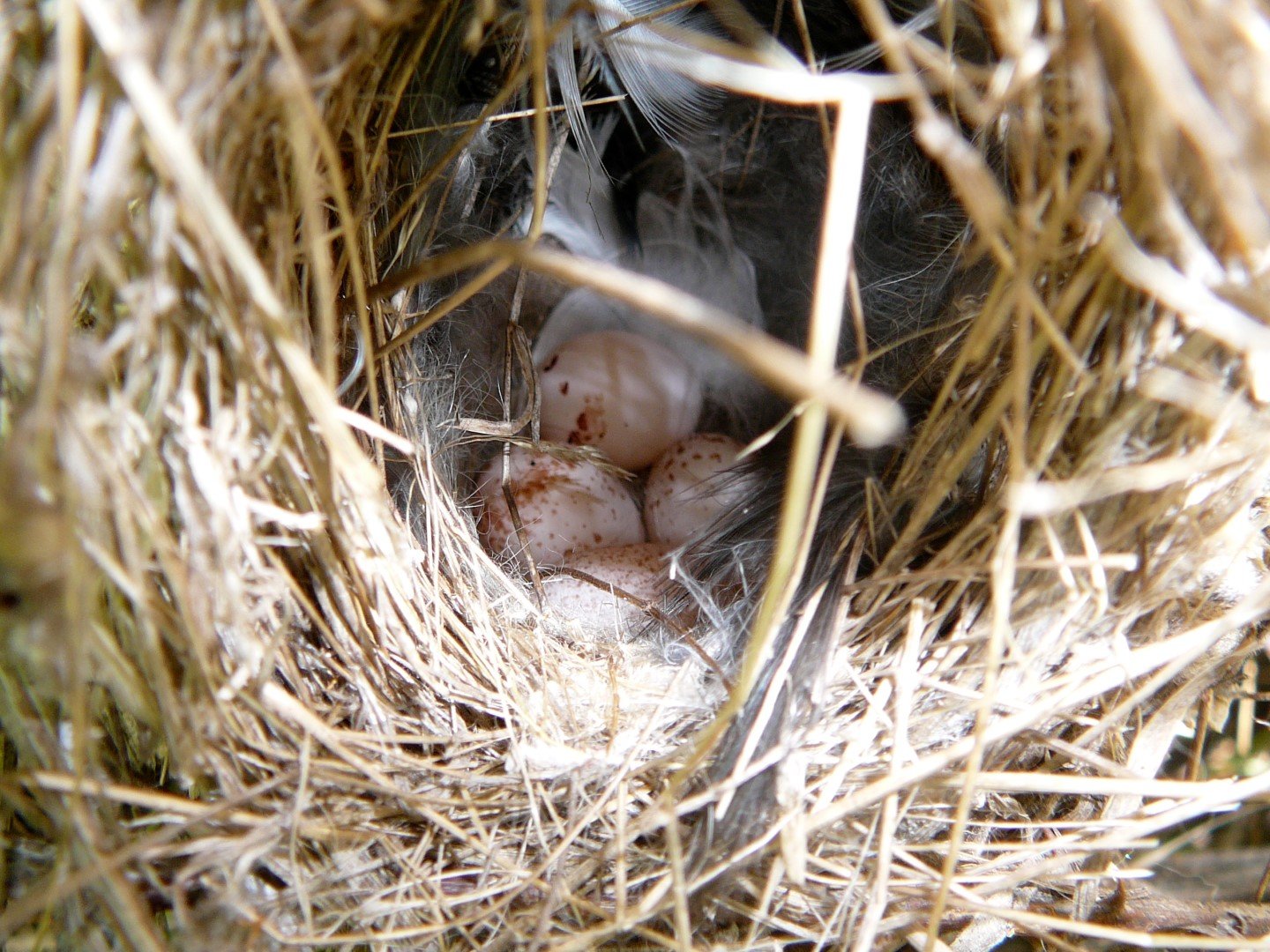Superb fairy-wrens are adjusting their egg-size for the climate

THE SUPERB FAIRY-WREN could be equipped to combat climate change, as a 10 year-long study shows the native bird can strategically alter the size of its laid eggs to help its chicks survive in harsher conditions.
Led by Dr Naomi Langmore from the Australian National University in Canberra, the study revealed that female superb fairy-wrens create larger eggs with more nutrients during hot weather, so that chicks are stronger when they hatch and able to overcome summer’s potentially smaller access to insects and food. The findings were published this week in the Royal Society journal Proceedings B.
The small, iridescent blue superb fairy-wren is endemic to eastern Australia, ranging in habitat from south Queensland to South Australia’s Adelaide region, as well as throughout Tasmania. This study focussed on the population found within the ACT’s Campbell Park.
“When it’s hot and dry, chicks don’t grow very well,” explained Naomi. “So producing a larger egg with more nutrients provides more of a buffer.”
“When conditions are benign, females can conserve resources by laying smaller eggs and this allows them to reallocate those resources to making larger eggs when conditions become tough,” she added.

Superb fairy wren eggs and nest. (Image: Naomi Langmore/ANU)
Helpful sons
However not all female superb fairy-wrens are able to conserve resources in this way– Naomi noted it is only those with a ‘helper’ in addition to their mate who are able to create larger eggs.
As sons of the female fairy-wren from previous broods await their own breeding territory in a pecking order queue, they assist their mothers by gathering food for the chicks in the nest. The extra food provided by these helpers allows small chicks that hatch from small eggs to grow more quickly and “catch up” in size.
Naomi said she estimates this process, known as cooperative breeding, takes place in 50 per cent of nests. Younger males have been known to wait several years, and occasionally may wait their whole lives for a breeding territory.
The implication is that animals that use cooperative breeding could have higher chances of adapting to climate change. The next step in Naomi’s research is already underway, examining the consequences for chicks raised without helpers.
READ MORE:
- Climate change causing birds’ eggs to hatch early
- Female fairy wrens sing for other females
- Zebra finches negotiate parental duties through song




